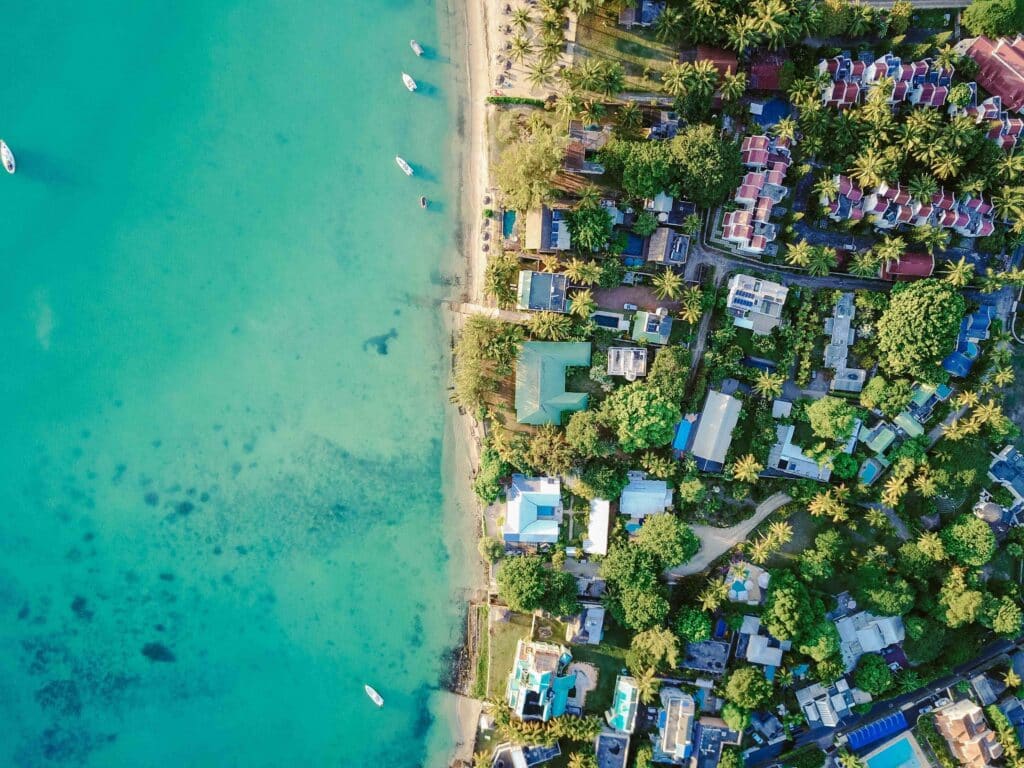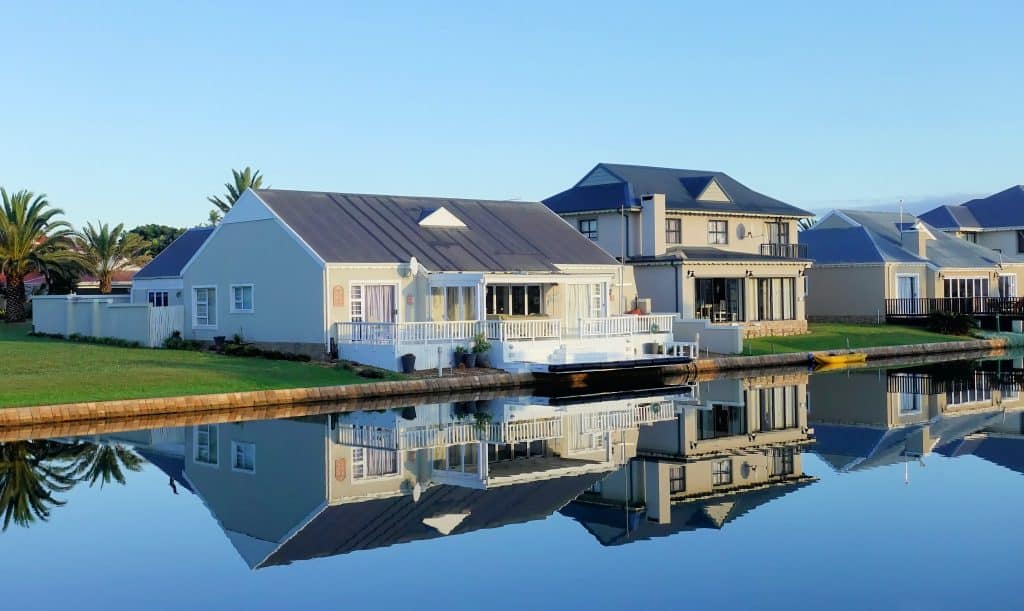Australia Sees Influx of Migrants and Retirees Investing in Property Despite Rising Interest Rates

As interest rates and property prices rise across Australia, an unexpected trend has emerged with migrants, retirees, and first-time buyers showing significant interest in the property market, undeterred by the higher costs. Furthermore, the trend of distressed property sales is reportedly declining, suggesting a resilience in the market despite cost pressures.
According to a report by Property News Reporter, Nassim Khadem, Australia is expecting a record 400,000 migrants in net terms this year. Many are using their wealth to purchase property locally, often before gaining permanent residency. Wealth coach Helia Singh says she’s noticed an increase in migrants from Brazil purchasing property, “They’ve already got the money and the majority of them are professionals and skilled migrants. They are looking to establish a business here, and they have to bring a very good amount of money here to invest and start a business. So hence, it’s much easier for them to get into the property market.”
She goes on to explain that many of these new residents are bringing with them upwards of $400,000 to $500,000, required for their visa, with the majority happy to invest at least half of that into the property market.
While PEXA’s chief economist Julie Toth acknowledges that there are more rate rises likely on the horizon, she notes that “the property market has already begun to recover despite the rate rises. And I think that will continue … provided we don’t see unemployment tip higher.”
In contrast, a separate report by Sue Williams suggests a fall in distressed property sales. The number of people putting their homes on the market due to an inability to afford mortgage repayments is actually declining. In Sydney, only 3.6 per cent of listings were due to financial pressures in June 2023, compared to the December 2022 high of 5.2 per cent. Melbourne and Brisbane reported similar decreases.
One factor contributing to this resilience in the face of cost pressures could be the role of the “overseas bank of mum and dad.” This phenomenon sees families overseas, notably from China, supporting locally-based students/workers by sending money in increments, enabling them to put down deposits and purchase real estate.
However, these official figures do not reflect the entire picture. Despite the assistance from overseas, foreign buyers account for a tiny fraction of property purchases. In the 2021-22 period, there were 588,176 sales of residential dwellings in Australia, with less than 1% going to overseas buyers.
Even as the property market encounters cost pressures from rising interest rates and inflation, it appears to demonstrate resilience with the influx of migrant and retiree buyers, and a declining trend in distressed property sales. The future of the property market remains to be seen as it navigates the balance between rising interest rates and ongoing demand.
References:
Khadem, N. (2023). “Higher interest rates and property prices not deterring migrants, retirees, and first home buyers drawing on ‘the bank of mum and dad'”. https://www.abc.net.au/news/2023-07-25/migrants-retirees-first-home-buyers-interest-rates-house-prices/102639598
Williams, S. (2023). “Distressed property sales are falling across Australia, despite cost pressures”. https://www.domain.com.au/news/distressed-property-sales-are-falling-across-australia-despite-cost-pressures-1225732/






Responses